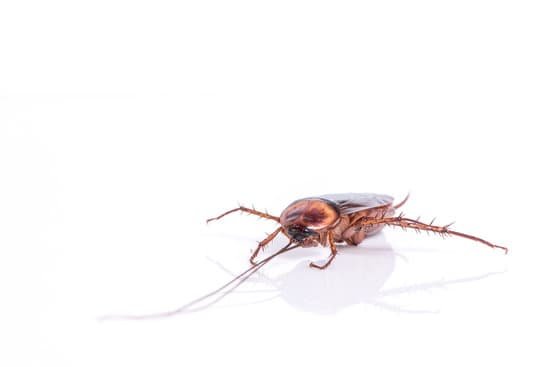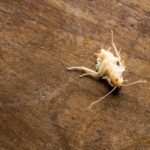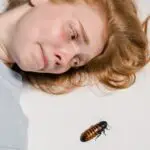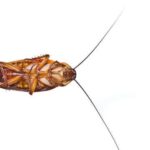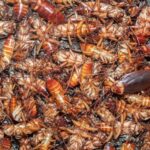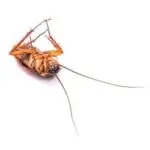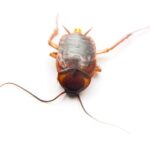How Do Cockroaches Give Birth?
Scientists are puzzled by how cockroaches give birth. There are several reasons why this phenomenon occurs, including their metabolism. The female insect changes during pregnancy to store proteins in the muscles and bones as a reserve. It also changes its hormones. Juvenile hormones play a critical role in development and affect almost every biological function of the insect.
The female cockroach carries the eggs in a sack-like structure called an ootheca. This sack looks a bit disturbing and is about as long as a female cockroach. The ootheca is not meant to be removed until the baby cockroach is born. If the mother does eject the ootheca before the babies are hatched, it’s a miscarriage, as the eggs inside it are dead or not viable.
The process of birth differs between cockroach species. Some species are ovoviviparous, meaning they lay their eggs inside the mother’s uterus. Others are viviparous, which means they develop in fluid in the mother’s uterus and give birth to live young.
The female cockroach carries her egg case for about a month. She then deposits it in a protected location, such as a wall crevice, underneath a heavy appliance, or a cluttered cardboard box. The eggs hatch into many tiny nymphs, or baby cockroaches, which are white until they develop a new outer covering.
